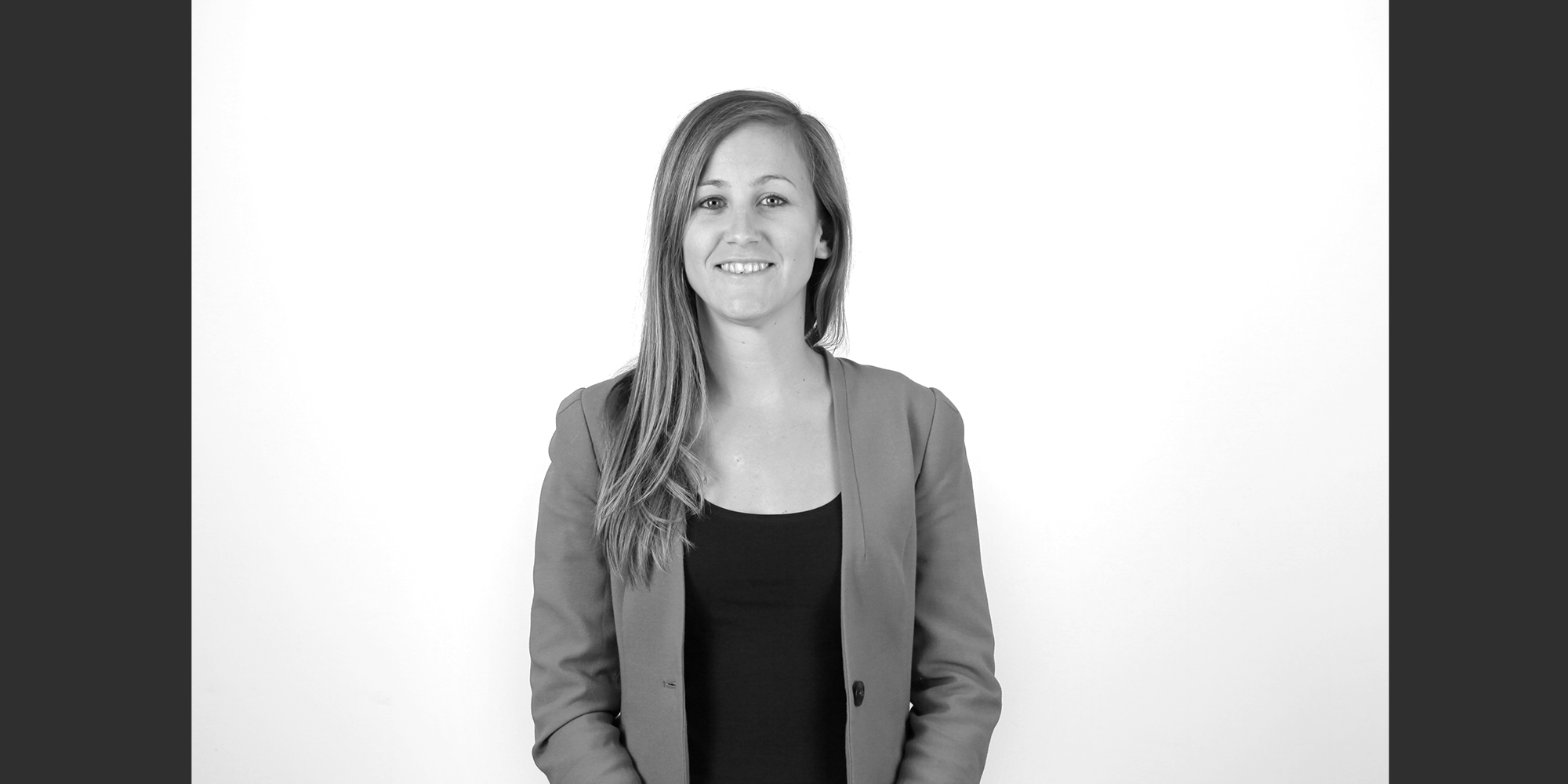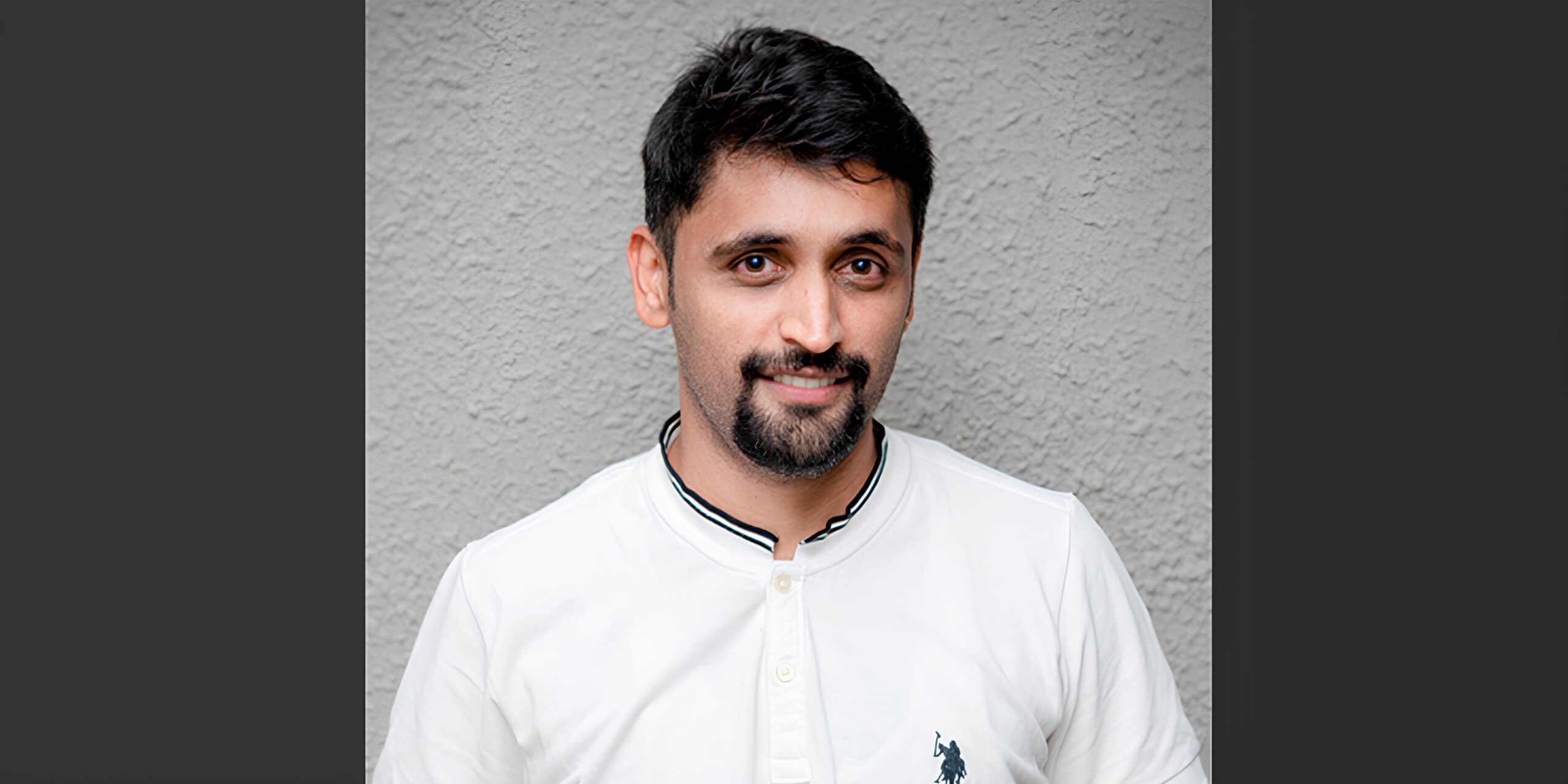In this edition of Media Matters, Fublis speaks with Erin Tallman, Editor-in-Chief of ArchiExpo and MedicalExpo e-Magazines, whose career in journalism has been shaped by an intuitive blend of creative storytelling and technical precision. Beginning as an intern and rising to editorial leadership, Tallman has carved out a distinctive voice in architecture and design media—one that balances aesthetic appreciation with industry insight.
With a portfolio that spans architecture, design, agriculture, medical technology, and more, Tallman brings a cross-sectoral understanding to her editorial work. At the helm of ArchiExpo, she champions topics such as eco-design, digital innovation, and sustainable construction, ensuring the publication delivers real value to both professional and consumer audiences. Her leadership also extends into the healthcare space through MedicalExpo, where transparency, technical rigor, and ethical storytelling remain central.
In this conversation, she reflects on the evolution of digital publishing, the realities of niche journalism, and the role of curiosity and autonomy in building a career in media. From managing editorial teams across sectors to adapting to the fast-changing dynamics of online consumption, Erin Tallman offers candid insights into what it takes to lead—and innovate—in today’s media landscape.
What first sparked your interest in journalism—and how did you find your niche in architecture and design media?
Erin Tallman: When I was at university, I took my first class in journalism and didn’t like it. In journalism, we must strictly state truths and facts that can be supported by evidence. I preferred creative writing. Still, while studying in France, a professor guided me once again toward journalism, stating I had an ease for live presentations. I’m thankful to him because journalism is the very best way for any writer to begin the journey. Forced to stay locked to facts, we learn to work on the proper flow of a story by putting ourselves in the readers’ shoes: it must also make sense.
Architecture and design happened onto my path without my seeking it. It’s the game of “at the right time and in the right place”. I’m thrilled, though, because it’s allowed me to meet incredible people and reconnect with my inner artist. It allows me to dream but it also provides me with tools to bring those dreams to life: whether to build my own home, literally, or to see materials as part of my playground for creation, I credit much of it to my experiences at ArchiExpo e-Magazine.
Was there a defining moment early in your career when you realized you wanted to pursue editorial leadership?
Erin Tallman: Editorial leadership as a title never came to my mind. However, I have always been eager to learn how to do this or that, to complete tasks in a more efficient manner. I began with small, mundane but necessary tasks like transcribing interviews (who really likes to do that ha), selecting the topics for upcoming editions, editing, and then writing. The previous Editor-in-Chief allowed me to partake in every task: collecting images, putting everything in layout, and connecting with freelance journalists.
By the time she chose to leave, I was ready. She’d taught me what I needed to know to get going. I learned the rest along the way.
What lessons did you learn in your first editing or publishing role that still influence how you run ArchiExpo today?
Erin Tallman: Honestly, I started as an intern at ArchiExpo e-Magazine. This was the first editing role I’d ever had. Since becoming Editor-in-Chief, I have written for different US publications. Equally, I was running the AgriExpo e-Magazine until the company chose to close it due to budget cuts. Today, I’m also the Editor-in-Chief of MedicalExpo e-Magazine alongside my colleague who runs DirectIndustry e-Magazine.
What challenges did you face when transitioning from more general journalism to a field that demands deep contextual knowledge like architecture?
Erin Tallman: As mentioned, I never did general journalism. Still, I have written for multiple platforms in various fields: technology, agriculture, the medical industry, factory, architecture, and design.
I’d started a blog before getting hired where I currently work. Funny enough, it was about art. One piece I recall enjoying was about an art exhibition held in a psychiatric hospital, and the patients had created the artwork.
I suppose, for whatever reason, art has always pulled at me.
What’s the biggest misconception people have about journalism in the design and architecture space?
Erin Tallman: The biggest misconception, in my opinion, is that it’s all fluff and no substance. That couldn’t be farther from the truth. Surely, there are publications that focus mainly on the fluff side of architecture and design, but at ArchiExpo e-Magazine we write to professionals in the sector. While our readership includes 50% consumers, 50% professionals, we write to our b2b audience. Still, whether they are b2c or b2b, we should treat our readers with the respect they deserve by providing them with technical details to help them tackle projects.
For example, when we wrote an article about the renovation of the Notre Dame de Paris, we published it in the form of a Q&A with Livio De Luca, a distinguished architect and researcher with a Ph.D. in Engineering and HDR in Computer Science, who gave us a lot of information about the complexities of AI in architecture and its application in the restoration project there.
Likewise, I received information from artist Sunny Jackson who makes incredible sculptural pieces that merge crystal, wood, and light—breathtaking. We could easily sit and stare, focusing on the fluff side, but we dug into her concept of utilizing blockchain technology to provide potential or current clients with sourcing information.
What skills did you have to develop outside traditional journalism (analytics, marketing, digital tools) to succeed as a media leader?
Erin Tallman: Yes, especially as an online media, we are constantly attending online conferences about marketing tools. SEO basically modifies how we write an article today. I’ve also had the opportunity to work on video reports, building them entirely from scratch on my own (filming, writing the script, voice recording, and video editing). I’ve had to learn a small dose of coding while using WordPress. We have a large marketing team here who provides us with analytics. As for marketing the magazine itself, I use the social media of our parent website with a large following to post fun recap videos while covering events and I organize media partnerships with worldwide events such as Orgatec Tokyo.
What values or themes are non-negotiable in the editorial identity you’ve shaped for ArchiExpo and MedicalExpo?
Erin Tallman: For ArchiExpo, the fluff side I mentioned earlier is retained through images and video. We do not choose to talk about products or projects that aren’t visually appealing. Non-negotiable themes would include eco-design and eco-construction, on a personal and professional level. One of our hit pieces in 2023 highlighted the tiny living trend in France; I was thrilled. It’s understandable, though, that the topics receiving the most attention beyond eco-solutions involve 3D printing larger structures, working with digital twins, and implementing the use of AI. Naturally, top sectors include lighting, kitchen, and bathroom.
For MedicalExpo, we have a wide range of industry professionals. Lifesciences and biotech, lab and radiology, rehabilitation, and surgery are among the most active sectors. Again, we’ll find certain non-negotiable themes such as biotech, AI, robotics, automation, and 3D printing. Regarding values, we aim to be as true and transparent as possible when covering topics in the medical field as it’s a sensitive industry. We engage often with medical professionals and attend medical conferences to constantly improve our understanding of the different opinions and allow these voices to be heard.
How has your vision for the publication changed over time, especially with shifts in reader behavior and digital consumption?
Erin Tallman: We began by publishing 3D magazines online. This is the most unreadable type of digital content to exist. People need to click to zoom and and try to navigate as they read by moving the page back and forth, then zoom out to change pages. Horrible. Still, at the time, the aesthetic of a 3D magazine was the objective. We can call it a success in this regard. Thankfully, we later chose to adjust our objectives and switch platforms. We had a bumpy road for a few years, bouncing from this to that until landing on our current platform. We’ve been steadily improving the technical aspects over the years.
People expect an easy read. If the page doesn’t load within two or three seconds, they will click out of it. I’m guilty of this as well. It’s important to compress the weight of images, for example, so they don’t boggle the page loading time. You can use tools like Canva to create a collage of images but you’ll only be uploading a single image in your article layout, reducing the number of images in the article and thus reducing page loading time.
Via social media, consumers plunge through videos. It’s where we’ll get the most engagement. However, in the magazine, it’s not the case. We’ve adjusted our use of video, focusing mainly on short reels for social media engagement rather than video reports to publish in the magazine. As you know, video reports take a lot of time and effort to assemble; even short three-minute videos require a lot of editing. It’s important to know your audience and adapt. “Give the people what they want.” Someone else has surely already said that.
What impact has social media had on architectural journalism?
Erin Tallman: Social media has an incredible impact on architectural journalism and, in my opinion, it’s positive. Our audience, as mentioned earlier, is 50/50 between consumers and professionals. Still, we pull both sides of our audience into the beautiful aesthetics of projects/products, while offering them a knowledge point they can add to their mental file. We also get inspiration from posts on social media. We might see a new project, in passing, and know we must absolutely get in touch with the designer to get more details. Also, it’s a great way to communicate with professionals. It might seem odd but it’s true.
I’d like only to differentiate between social media and outlets like LinkedIn. While seems similar, it’s meant to be professional networking. Why do I mention this? We need to rethink how we’re sharing information from one platform to the next. For example, we’ll get high engagement on Instagram when we share video reels during live coverage of events; yet, what works on LinkedIn is sharing appreciation and praise while tagging people and companies mentioned in articles we’ve published so they can share it with their professional network.
What advice would you give to someone just starting out in journalism who wants to follow a path in a niche like design or architecture?
Erin Tallman: I’d say don’t wait to be hired. Start a blog! In today’s time, we have incredible online resources and nothing stopping us. I began with a blog writing about art exhibitions. It’s without a doubt part of the reason the Editor at the time chose me: I had enough initiative to go for it, without being told, without waiting, and she was looking for an autonomous worker bee. She found one.
Specifically for design and architecture, you should familiarize yourself with the top international names in the industry. You should read about the ongoing trends and new technologies being used, while also gathering information about the challenges.
○ The construction industry: transforming waste into viable products = circular economy
○ The textile industry: reducing energy consumption and improving recycling chains
○ Product design: adhering to less is more by producing less, doesn’t mean designing less but it can involve adaptations of old models and new eco materials.
The construction industry takes a lot of heat from environmental activists, much like farmers, and we hear a lot of talk about constructing community-style lodging rather than individual homes. As a journalist, we have to be realistic and stay focused on facts. There are many challenges and certain challenges have more simple solutions. As journalists, I believe it’s our responsibility to remain outside the activist realm by providing basic details and allowing the readers to decide for themselves what to think, believe.




